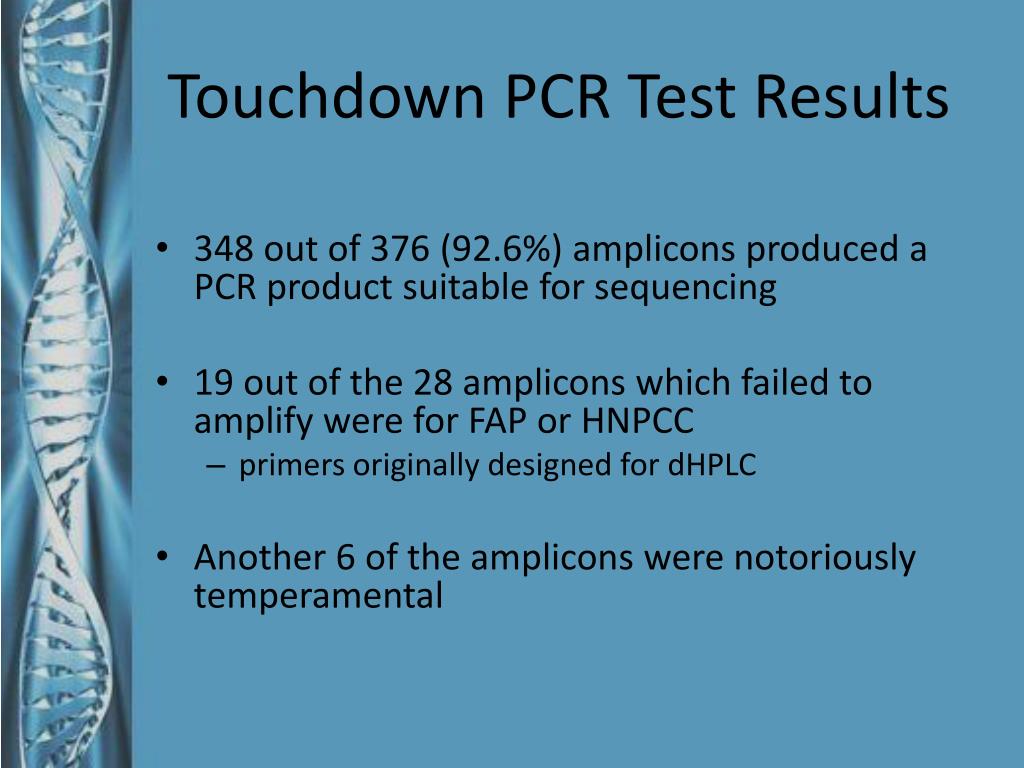

The ribosomal spacer region of mycoplasms from H9 cell cultures was amplified. Clearly, the best conditions are found in well 10 (of the cycler) where the temperature was 63.5.įigure 1: Experimental determination of optimal annealing temperature: The calculated primer annealing temperature was 56.5☌, the actual annealing temperature is 63.5☌. Figure 1 shows an agarose gel with the 12 samples that were loaded across the block. The following test parameters were selected: denaturation 94,10 s, annealing 53☌ -67☌, 15 s, elongation 72☌, 20 s, Taq-Polymerase 0.75 units. This was achieved by setting a 14☌ gradient and setting the annealing temperature at 60☌. Using the gradient function of the universal block, a gradient of 53 to 67☌ was set. Gradient PCR was used in the next experiment in order to determine the optimal annealing temperature. A previous experiment gave non-specific amplification at the calculated annealing temperature of 56.5☌ (not shown). The goal of the experiment was to amplify a three hundred base pair fragment of the ribosomal spacer region of mycoplasma from H9 cell cultures. During the same run a number of possible concentration parameters can also be tested, row by row. The Eppendorf Mastercycler Gradient provides a gradient function that in one single run evaluates up to 12 different annealing, elongation, or denaturation temperatures. This optimization can often be achieved in one experiment. Gradient PCR is a technique that allows the empirical determination of an optimal annealing temperature using the least number of steps. This paper describes the use of the Gradient function of the Eppendorf Mastercycler Gradient to optimize a PCR reaction.

However, the possible formation of non-specific secondary bands shows that the optimum temperature is often much higher than the calculated temperature (>12☌). The PCR is normally started at 5☌ below the calculated temperature of the primer melting point (T m). In most cases, this temperature must be empirically tested. The selection of the annealing temperature is possibly the most critical component for optimizing the specificity of a PCR reaction. This is normally achieved by titrating the magnesium-, template-, primer-, dNTP- and Taq-Polymerase concentration, "Hot Start PCR," "Touch-down PCR," adding detergents, reducing the PCR cycles or by gradually increasing the annealing temperature. In such cases, PCR conditions must be optimized. Non-specific secondary bands may form after the PCR reaction, which hinder, or even prevent, further analysis (cycle sequencing, mutation detection, etc.) or an unequivocal assessment of the PCR result. Problems with the amplification of a specific DNA fragment using the PCR* are an everyday occurrence in the lab. Prezioso and Axel Jahns, Eppendorf Scientific Inc.


 0 kommentar(er)
0 kommentar(er)
